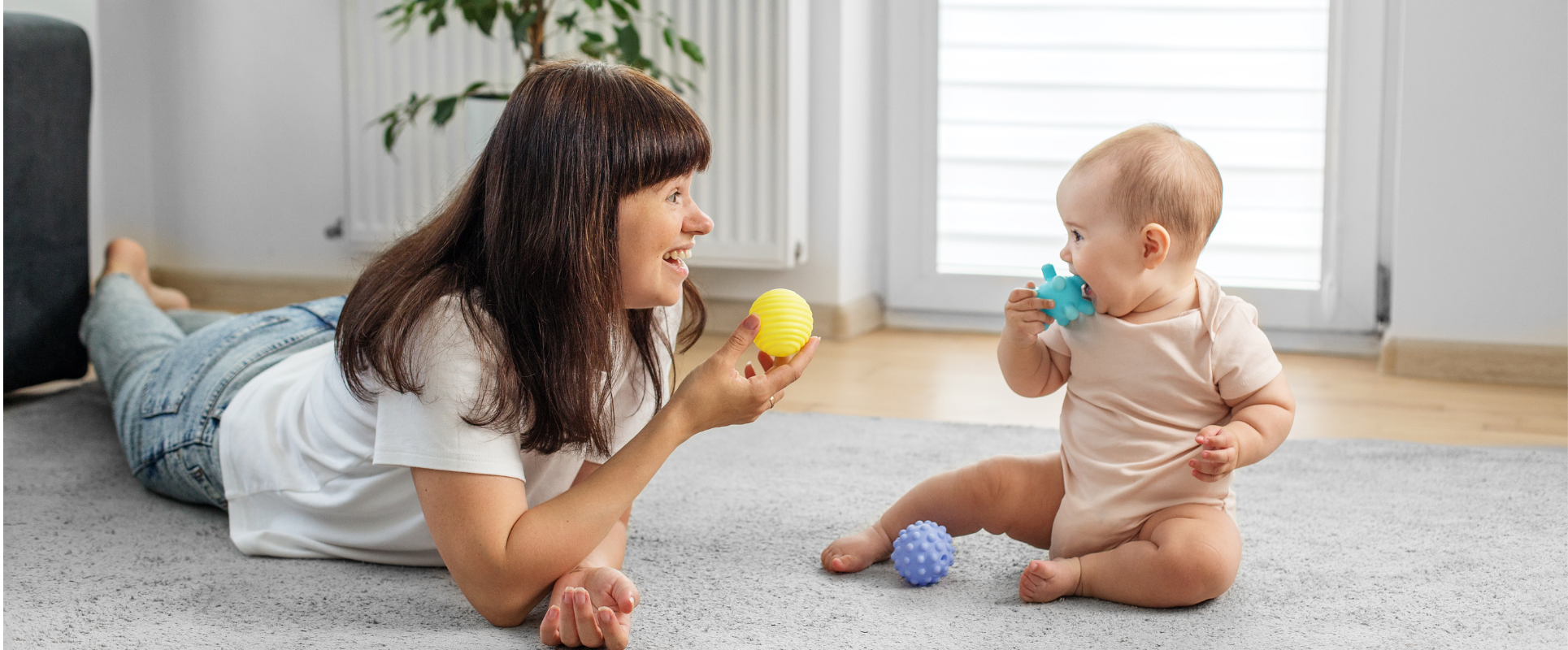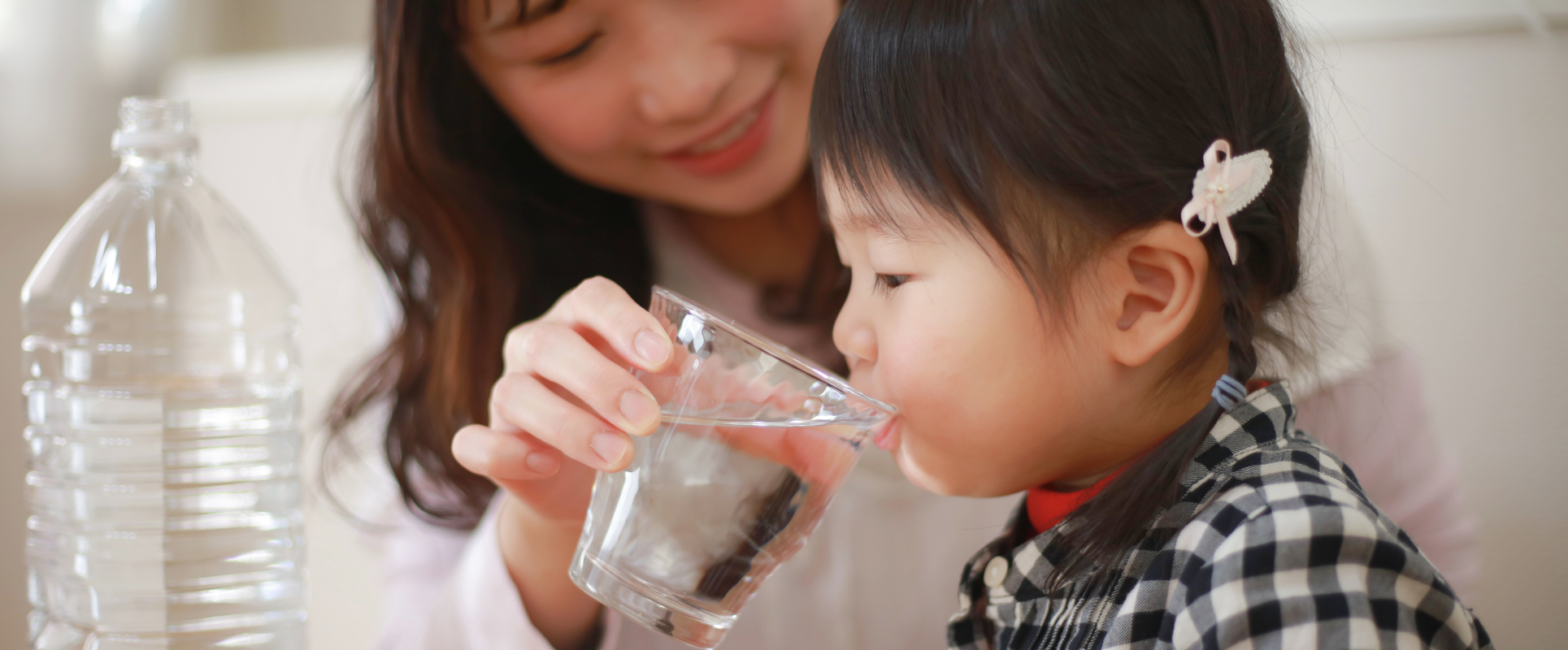
Why Are Baby And Kid Perfumes Becoming Increasingly Popular?
1. Current Trend of Using Baby and Kid Perfumes
Baby and kid perfumes are becoming a more popular choice among modern families. They don’t just keep children smelling fresh and pleasant throughout the day, but also provide a clean, refreshing feeling. These products are specially designed to suit the delicate and sensitive skin of babies and toddlers.
However, since children’s skin is very thin and easily irritated, choosing baby & kid perfumes with safe ingredients—free from alcohol and allergens—is absolutely essential. This has led to the development of baby and kid perfume formulas that focus not only on fragrance but also on gentle care and moisturizing properties.
2. Important Criteria When Choosing Baby and Kid Perfume
Parents should prioritize baby and kid perfumes with the following features:
-
Alcohol-Free: Alcohol can dry out and irritate delicate skin.
-
Gentle, Safe Ingredients: Vegan formulas without parabens or artificial colors.
-
Moisturizing Benefits: Protects sensitive skin from dryness and damage.
-
Light, Pleasant Fragrance: Suitable for children, without overwhelming scents.
3. DabiDabi – A Safe and Gentle Choice for the Whole Family
Among baby & kid perfumes, DabiDabi stands out with its vegan, alcohol-free formula and skin-friendly moisturizing ingredients. We offer two special baby & kid cologne lines:
-
-
A luxurious, refined scent featuring notes of lemon, ginger and wood.
-
Alcohol-free, suitable for children and above and adults.
-
Contains moisturizing ingredients like Propanediol and Caprylyl Glycol to keep skin soft.
-
-
-
A sweet and joyful fragrance with gentle berry notes.
-
Safe for newborns and hypoallergenic.
-
Vegan, cruelty-free, and environmentally friendly.
-
Why DabiDabi is Superior to Other Baby and Kid Perfumes:
-
Completely alcohol-free, ideal for sensitive babies and children skin.
-
Moisturizing formula prevents dryness after use.
-
Vegan, paraben-free and free from harmful artificial colors.
-
Soft, pleasant scent suitable for daily family use.
4. Safe Ingredients Backed by Research
DabiDabi’s key ingredients not only moisturize and protect delicate skin but are also supported by credible scientific research:
-
Propanediol: a widely used moisturizing agent in the cosmetic industry. According to "Cosmetic Dermatology: Principles and Practice" (Richard B. W. et al., 2006), Propanediol effectively retains moisture and softens the skin. It helps to reduce water loss through the skin, making it smoother and softer.
-
Caprylyl Glycol: not only provides hydration but also has mild antibacterial properties. According to "Harry’s Cosmeticology" (Rick W. et al., 2011), Caprylyl Glycol is known for its moisturizing and stabilizing effects in cosmetic formulations, as well as its mild antimicrobial effects.
-
Polysorbate-80: A safe emulsifier that stabilizes the formula and ensures fragrance dissolves properly. - According to "The Handbook of Cosmetic Science and Technology" (Sakamoto et al., 2011)
5. Conclusion
Baby and kid perfume is more than just a fragrance product; it can be an essential part of gentle skincare if chosen wisely. Opting for alcohol-free, moisturizing and safe formulations like DabiDabi helps parents confidently provide their little ones with a fresh, comfortable scent throughout the day.
Looking for a light, safe fragrance for the entire family? DabiDabi is the trusted choice you can rely on.
References:
-
Propanediol Feuchtigkeitsstudie auf PubMed:
"Moisturizing properties of Propanediol." PubMed. Link -
Caprylyl Glycol – Healthline. "Moisturizing properties and antimicrobial effects of Caprylyl Glycol." Healthline. Link
-
Polysorbate-80 Sicherheitsbewertung auf EWG Skin Deep:
"Polysorbate-80: Safe or Harmful?" EWG Skin Deep. Link -
Polyquaternium-80 Inhaltsstoffbewertung auf Paula's Choice:
"Polyquaternium-80: Effects and Safety." Paula's Choice. Link -
Disodium EDTA Sicherheitsinformationen auf EWG Skin Deep:
"Disodium EDTA: Safety and Stability." EWG Skin Deep. Link -
Harry’s Cosmeticology – Rick W. et al., (2011). Harry’s Cosmeticology: The Study of Cosmetic Formulations and Ingredients.
-
Cosmetic Dermatology: Principles and Practice – Richard B. W. et al., (2006). Cosmetic Dermatology Handbook.
-
The Handbook of Cosmetic Science and Technology – Sakamoto et al., (2011). Cosmetic Science Handbook.
-
Chemistry and Technology of the Cosmetics and Toiletries Industry – Barel et al., (2013). Cosmetic Chemistry and Technology.
-
Handbook of Pharmaceutical Excipients – M. E. Aulton, (2017). Pharmaceutical Excipients Handbook.








